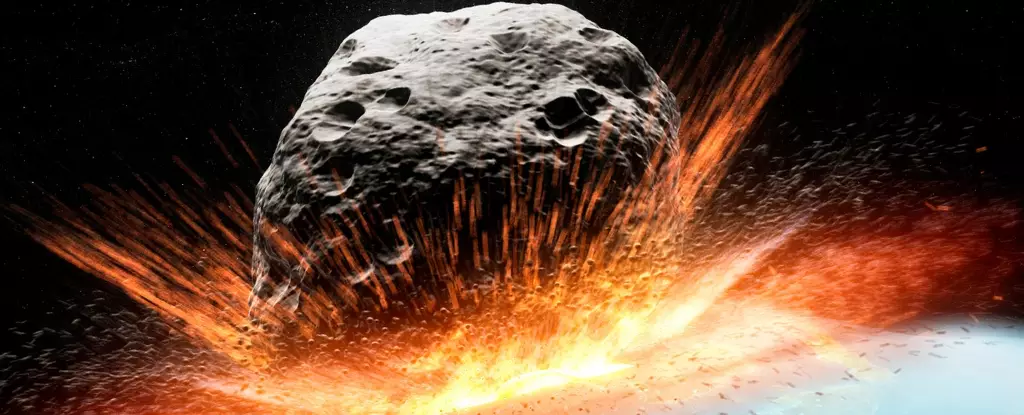In December 2024, astronomers made a noteworthy discovery—a previously undetected asteroid, designated as 2024 YR4. Its name reflects its discovery timeline in late December and its sequential identification as the 117th object attributable to that month. While the discovery of asteroids is an increasingly commonplace event, the implications of tracking their orbits and potential impacts on Earth can evoke public concern, especially when odds suggest possible collisions. Such concerns often lead to comparisons with speculative fiction, illustrating the blend of scientific reality and cinematic narratives.
Initially estimated at a mere 1% probability of collision with Earth, further observations have incremented 2024 YR4’s risk to approximately 2.3%. This statistic does not signify a simple coin flip; rather, it indicates that, out of a thousand simulated orbital paths projected by astronomers, about 23 scenarios result in a collision with our planet. Although this may sound alarming, the distance forecasted for a close approach—around 240,000 kilometers—lies between the Earth and the Moon, marking it as significant yet not perilously close.
Interestingly, the Torino Scale, a tool used to communicate the risk level of near-Earth objects, classifies the asteroid at a steady level 3, regardless of the severity of its projected odds. Initially categorized below 1%, the risks associated with 2024 YR4 have escalated, yet still remain in a position that indicates manageable concern. This scale allows scientists, policymakers, and the public to grasp the context of space risks and stresses the importance of continuous monitoring. Since securing accurate orbit predictions is fraught with uncertainties, the intent is clear: remain vigilant yet not paralyzed by fear.
Asteroid paths are notoriously challenging to predict. Unlike stable planetary routes, asteroids can undergo significant modifications from the gravitational influences of nearby celestial bodies. In the case of 2024 YR4, Earth itself will be a key player. Anticipated to bypass Earth by approximately 8 million kilometers in 2028, astronomers will gain an opportunity to refine their orbital calculations. This forthcoming observation window is essential for approaching more accurate trajectories and engaging in proactive measures should risks rise significantly.
It’s pertinent to understand that should the odds of a catastrophic encounter with Earth hypothetically escalate to near certainty, there’s no immediate cause for panic. Not only does our advanced detection capability mean that we are currently aware of 2024 YR4’s trajectory, but it allows for potential deflection strategies to be developed. Unlike the unforeseen Chelyabinsk event from 2013, which caught authorities off-guard, the meteorological forecasts for 2024 YR4 offer a margin for preemptive action.
The asteroid, despite looming potential for an impact, is not large enough to incite an extinction-level event. In extreme theoretical scenarios, if it were to impact a densely populated urban area, planning for evacuation would be feasible, offering enough time to mitigate risks and preserve lives. This strategic foresight is vital to public safety.
Early trajectory estimations are just that—early and characterized by uncertainty. The odds of an impact may fluctuate dramatically over time. However, the prevailing hypothesis suggests that those chances may ultimately diminish towards zero. By emphasizing continual monitoring of 2024 YR4, astronomers can adjust responses as new data emerge. NASA’s Planetary Defense Coordination Office remains a pivotal resource, providing ongoing updates for those keen to track the asteroid’s evolving status.
Though the prospect of an asteroid impacting Earth can induce trepidation, the scientific community’s readiness to embark on extensive tracking and risk assessment plays a vital role in our planetary defense strategy. With numerous measures and simulations being conducted, humanity remains in a strong position to confront potential threats from the cosmos. Through technology, collaboration, and vigilance, we can ensure our safety against celestial objects like 2024 YR4 while fostering public understanding and support for space science endeavors.

